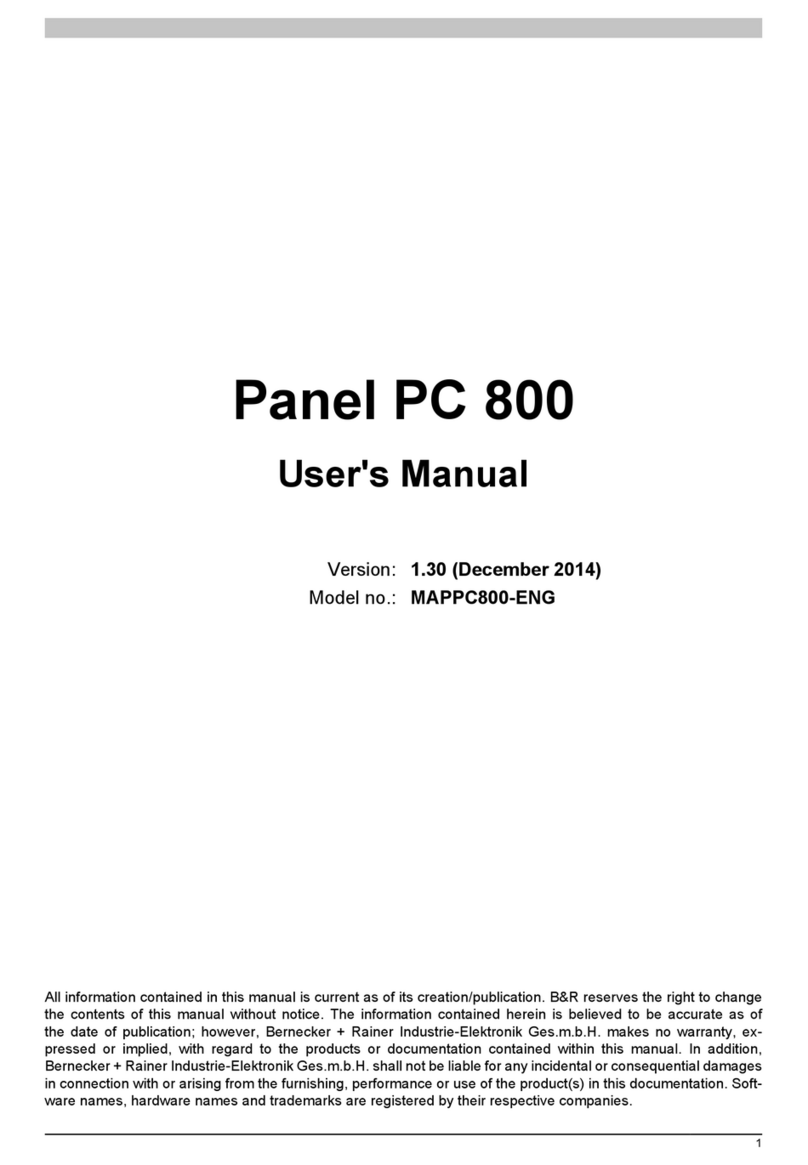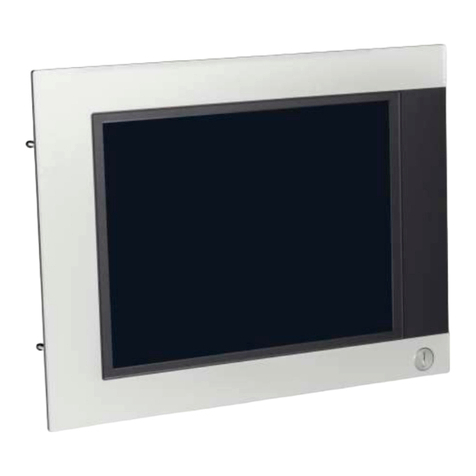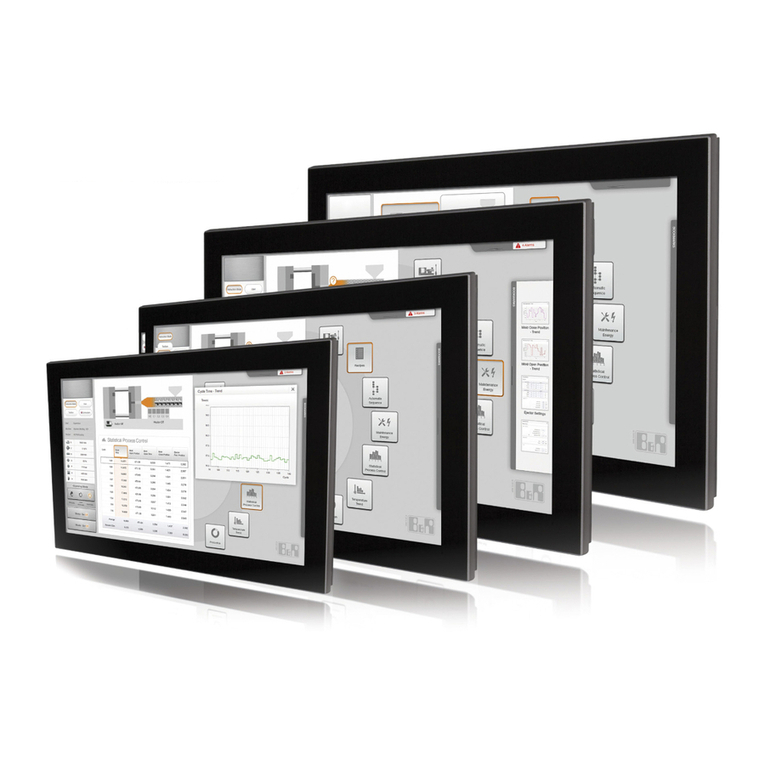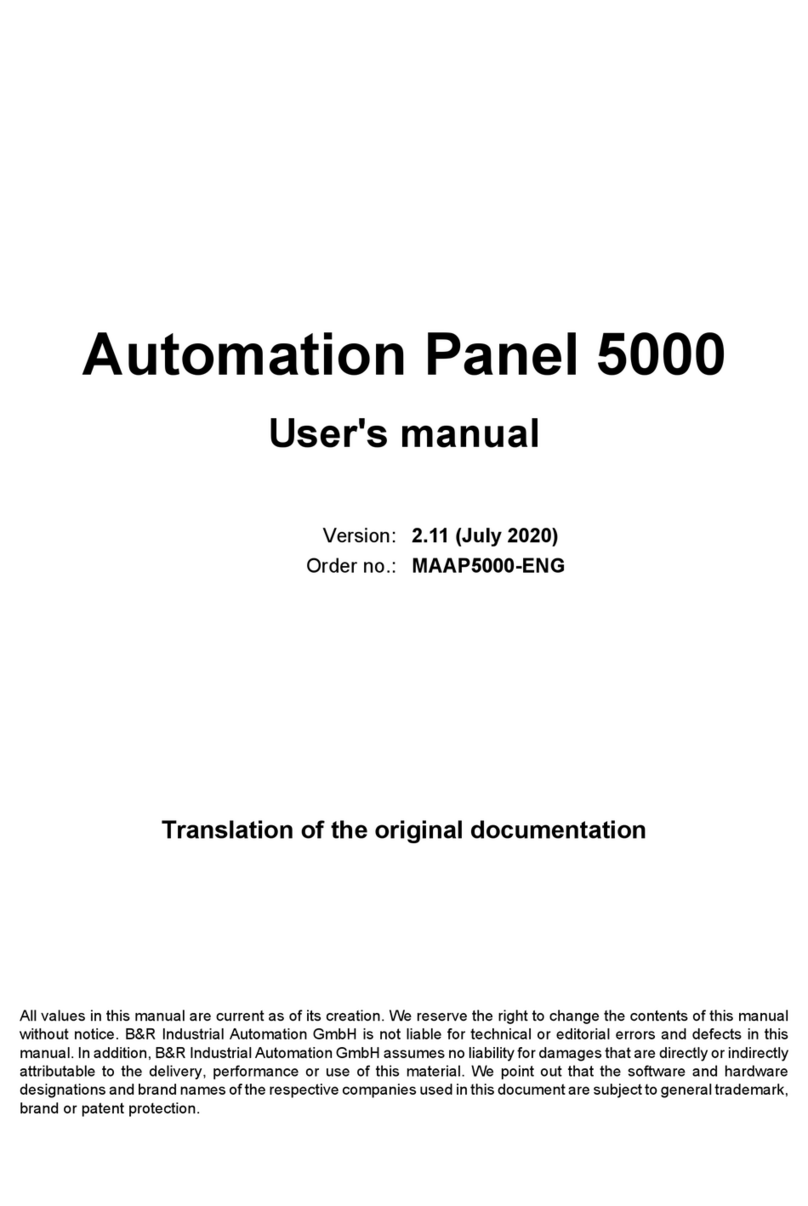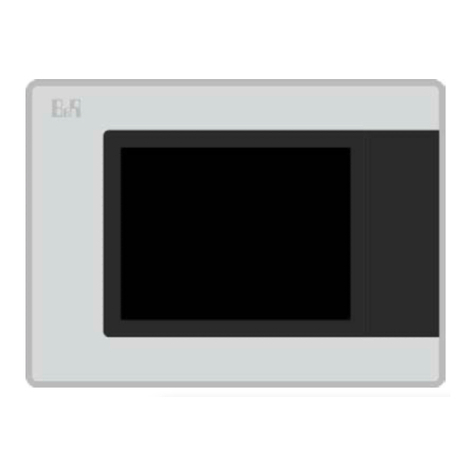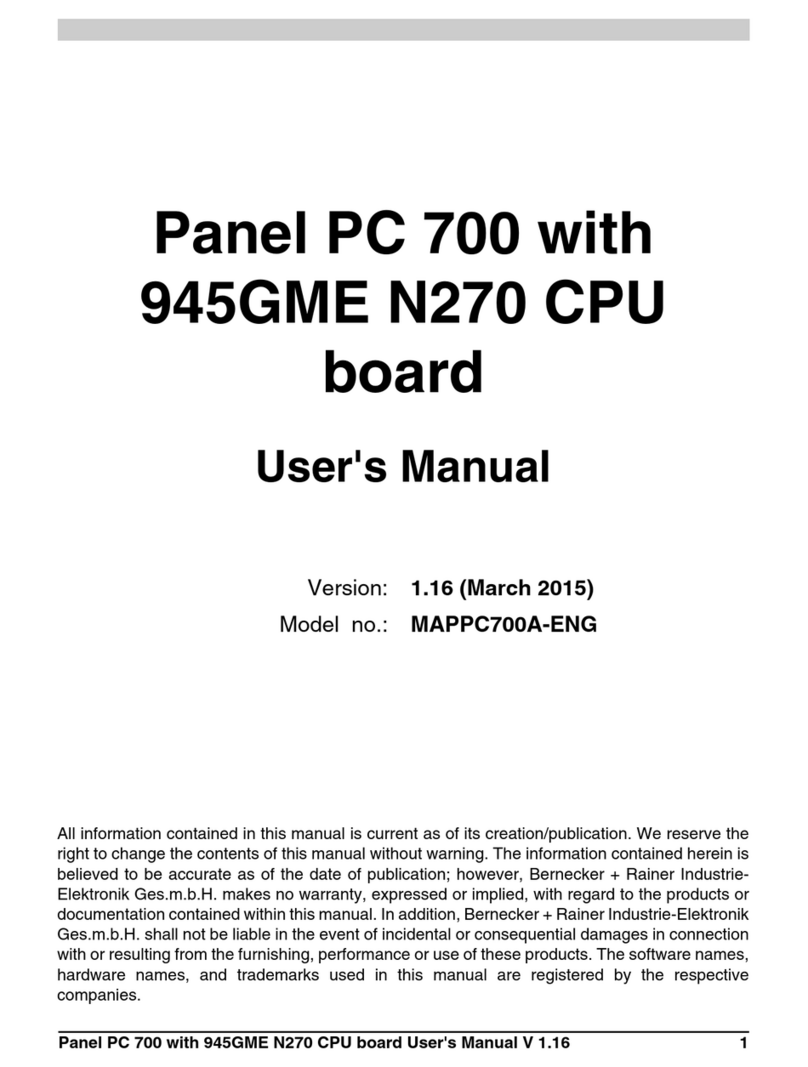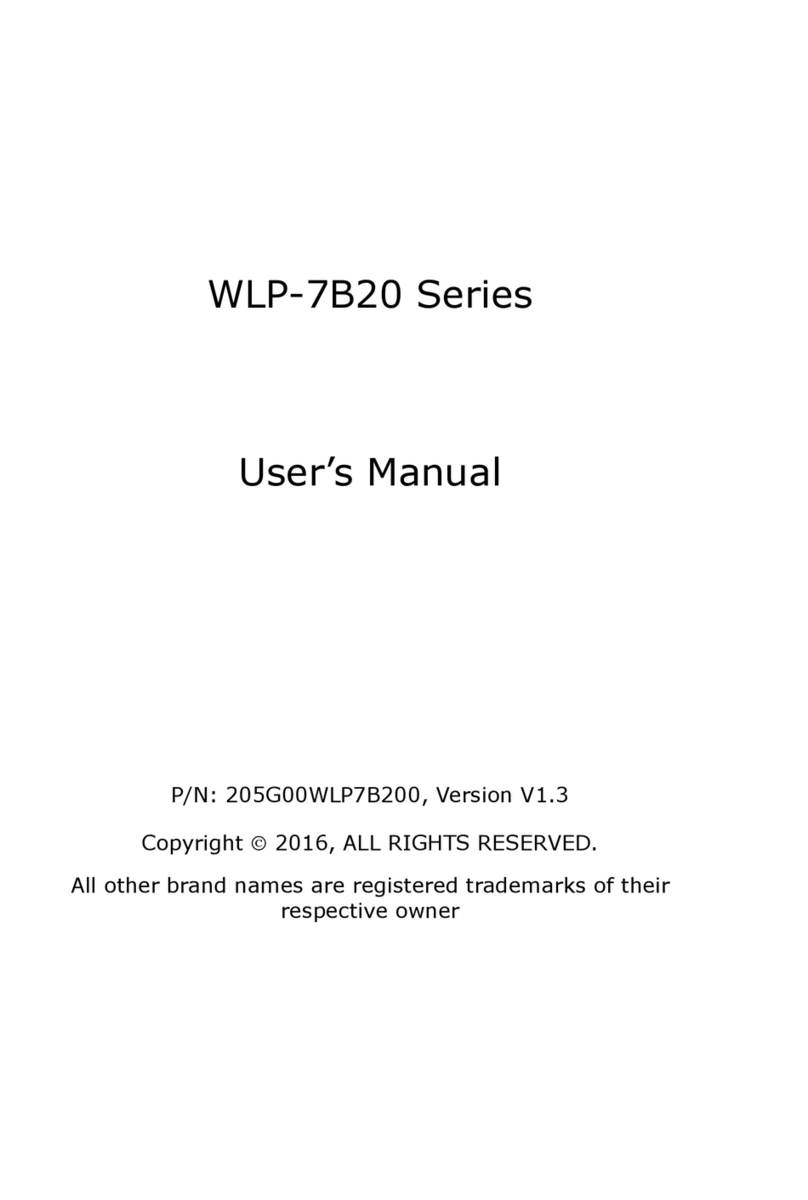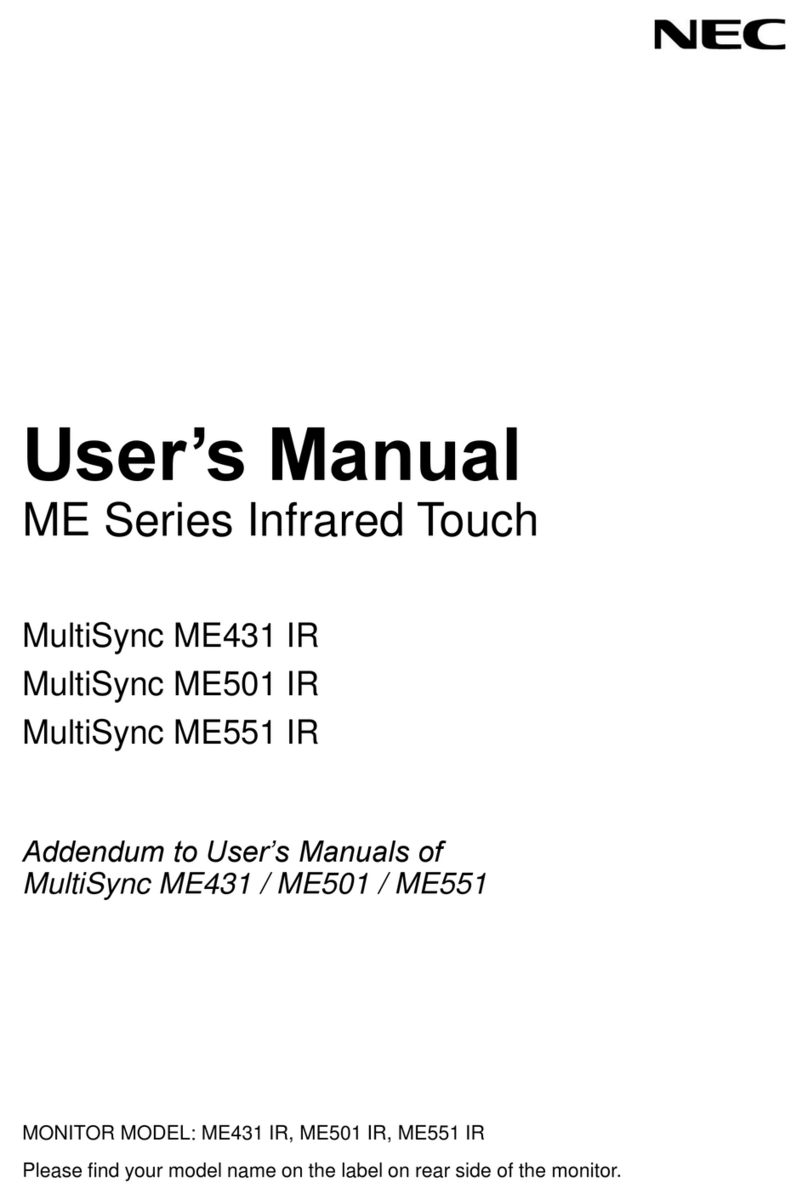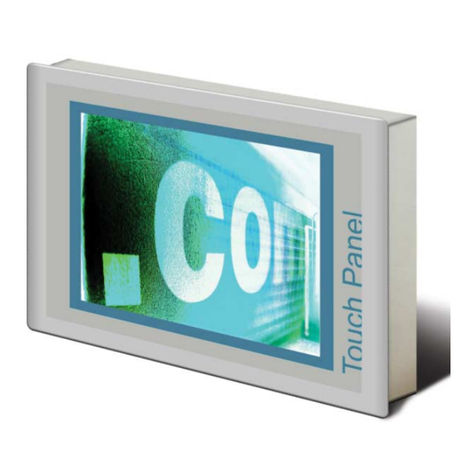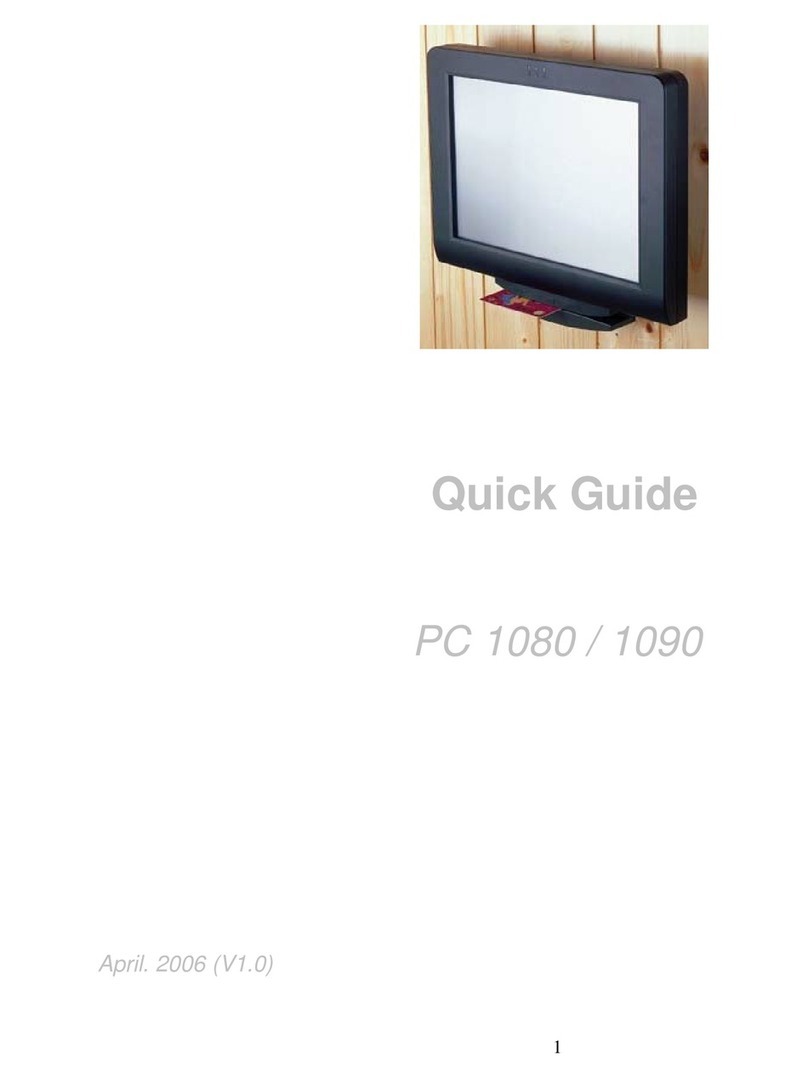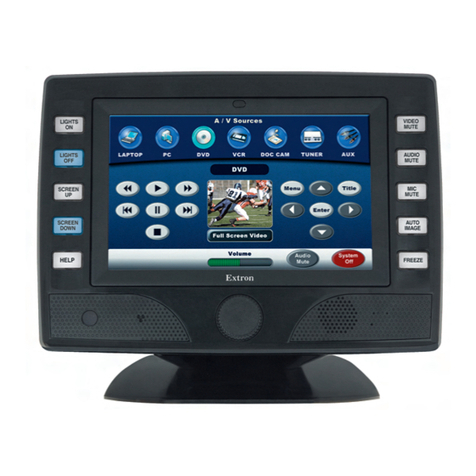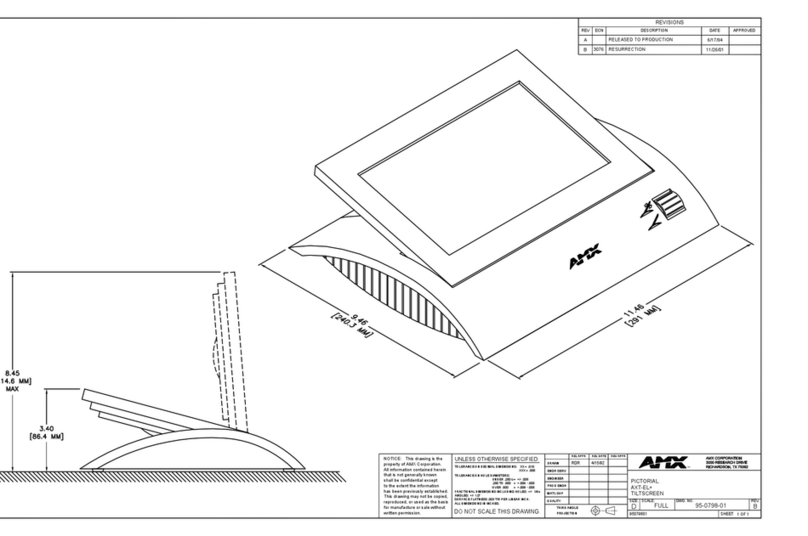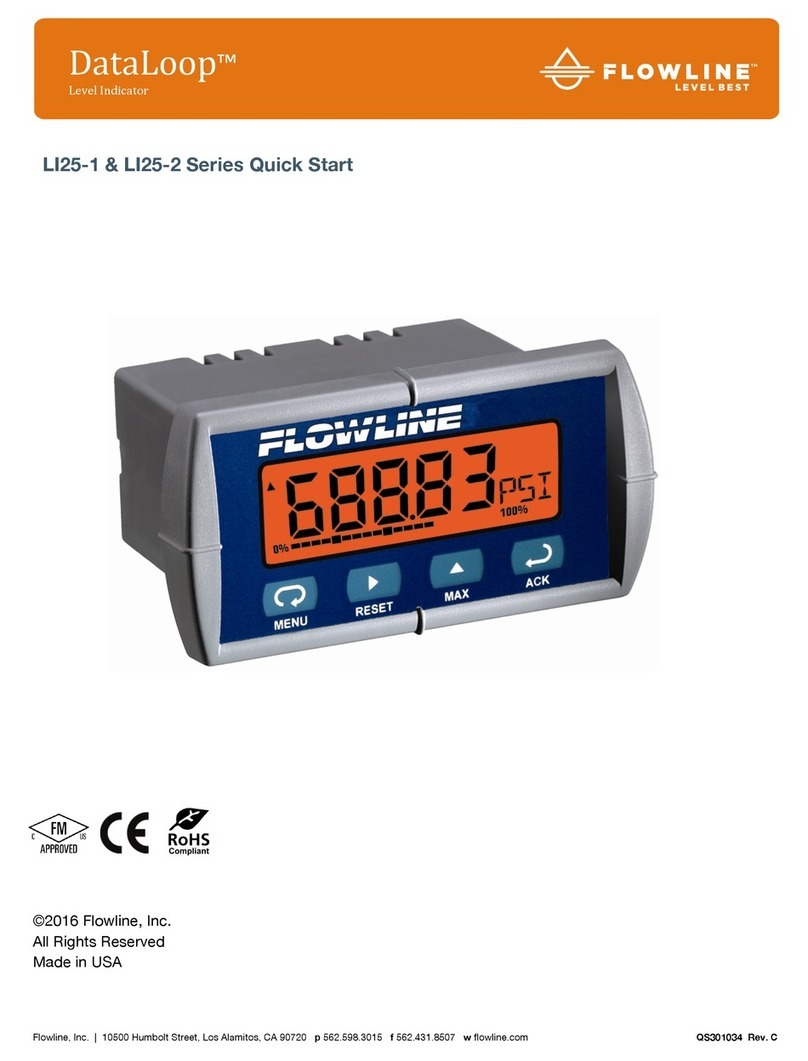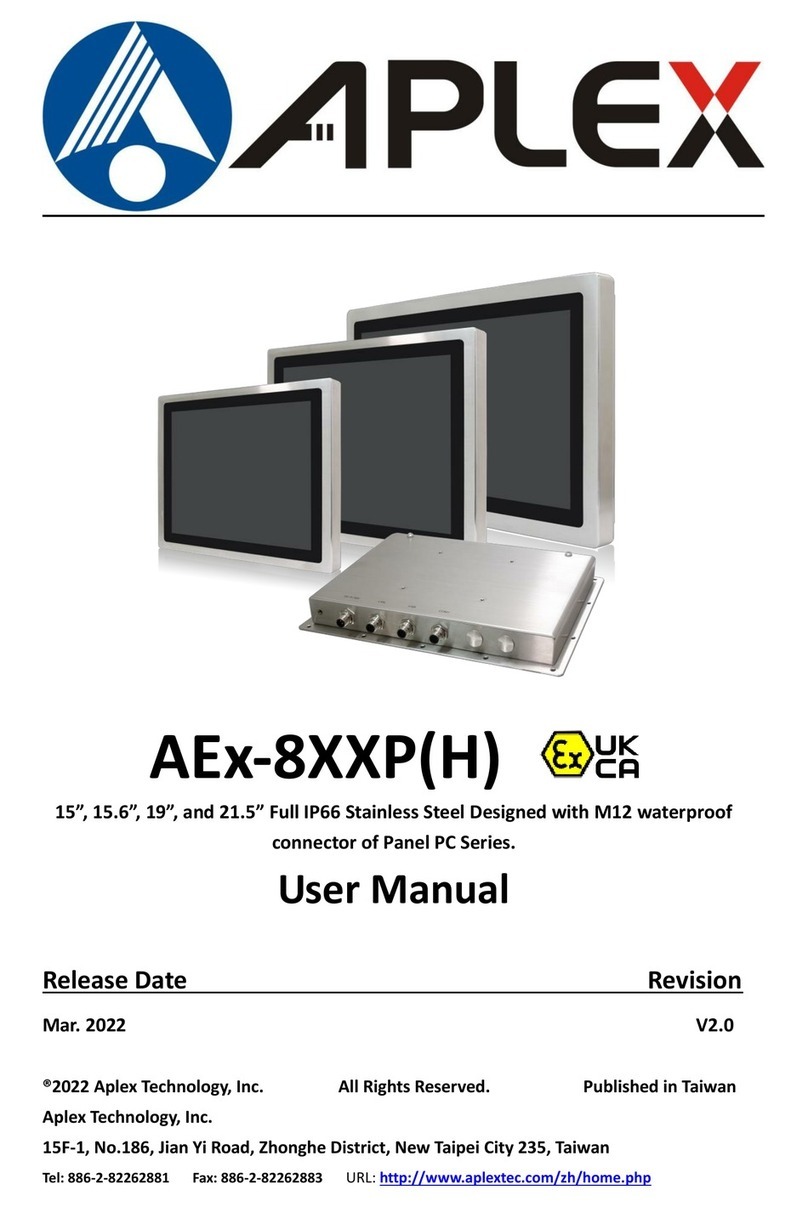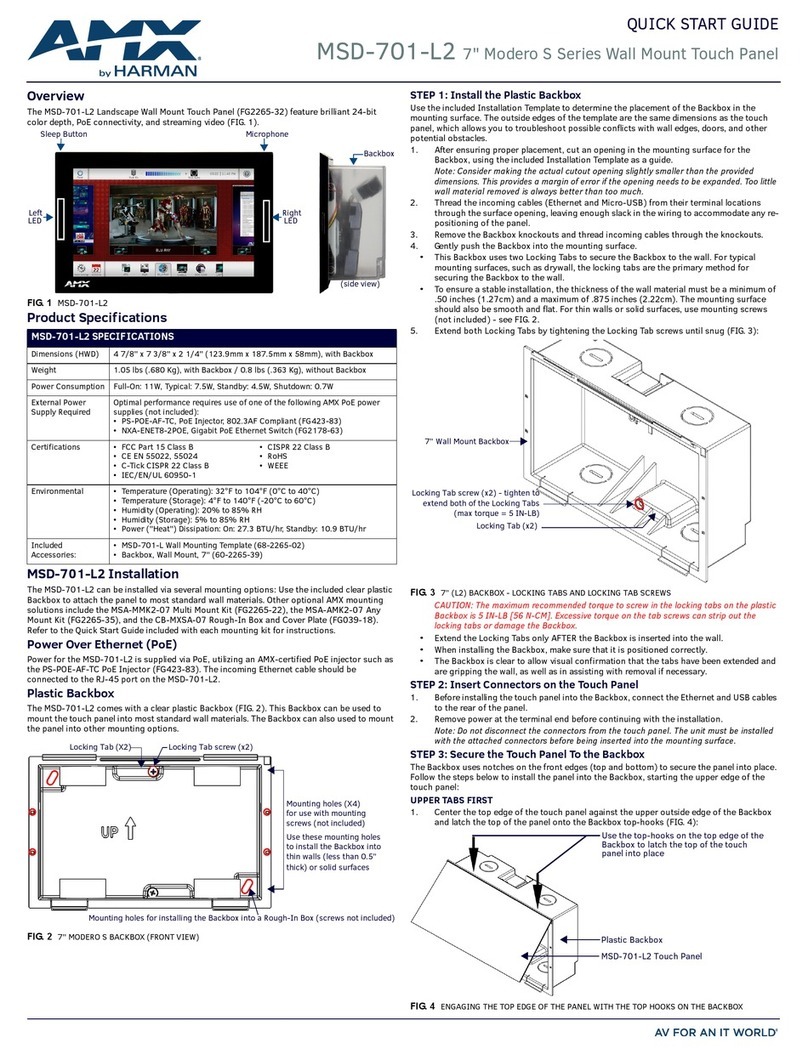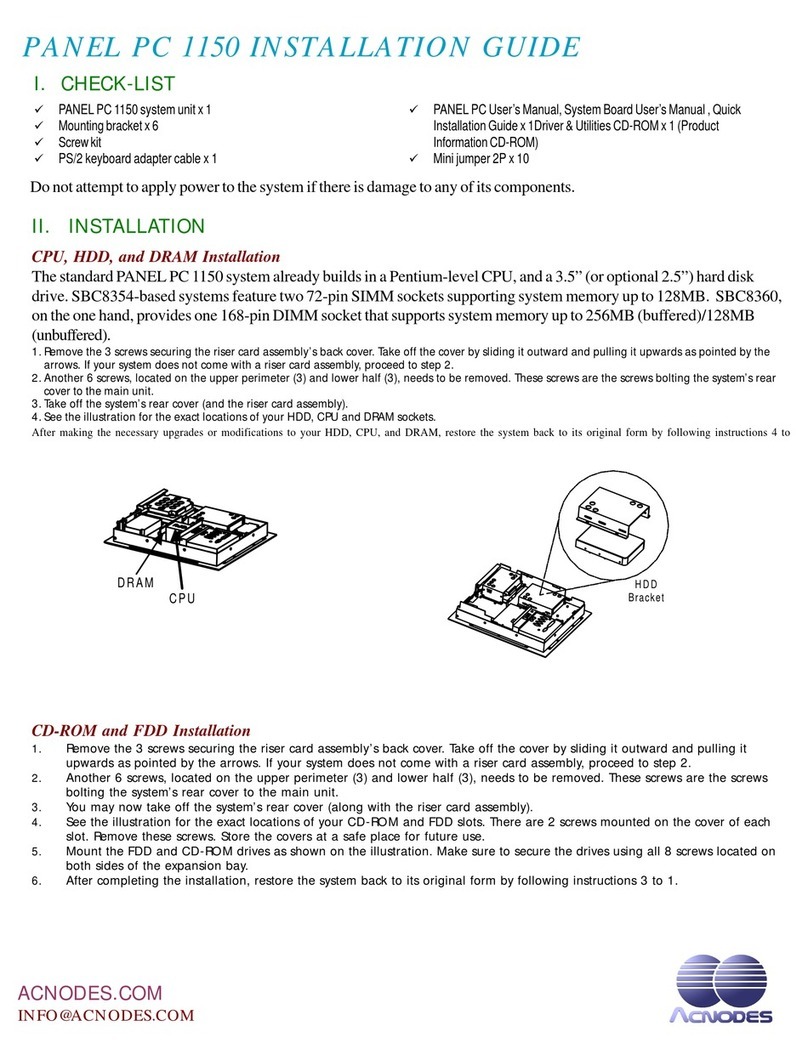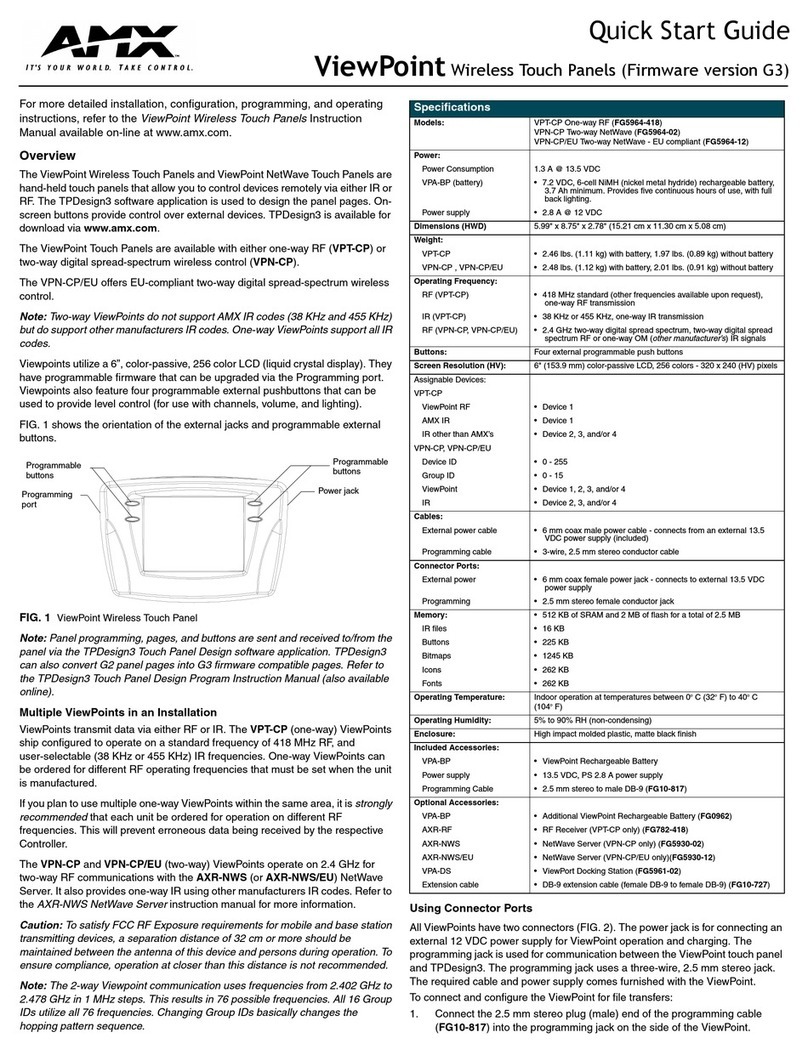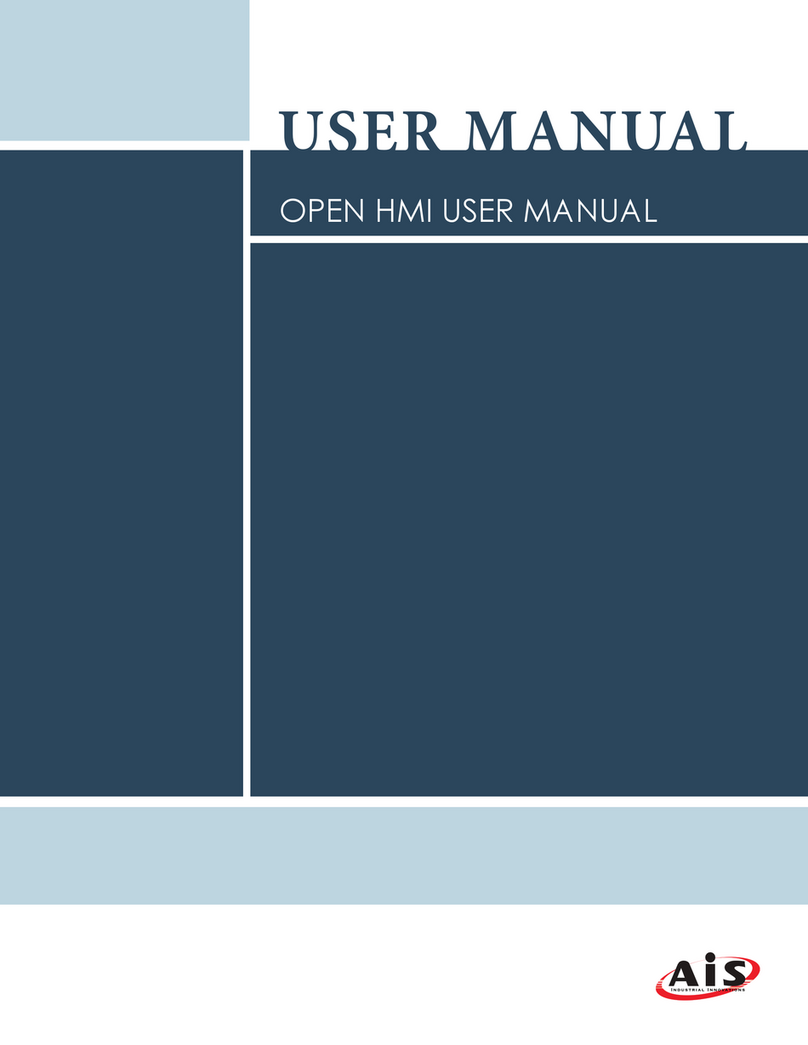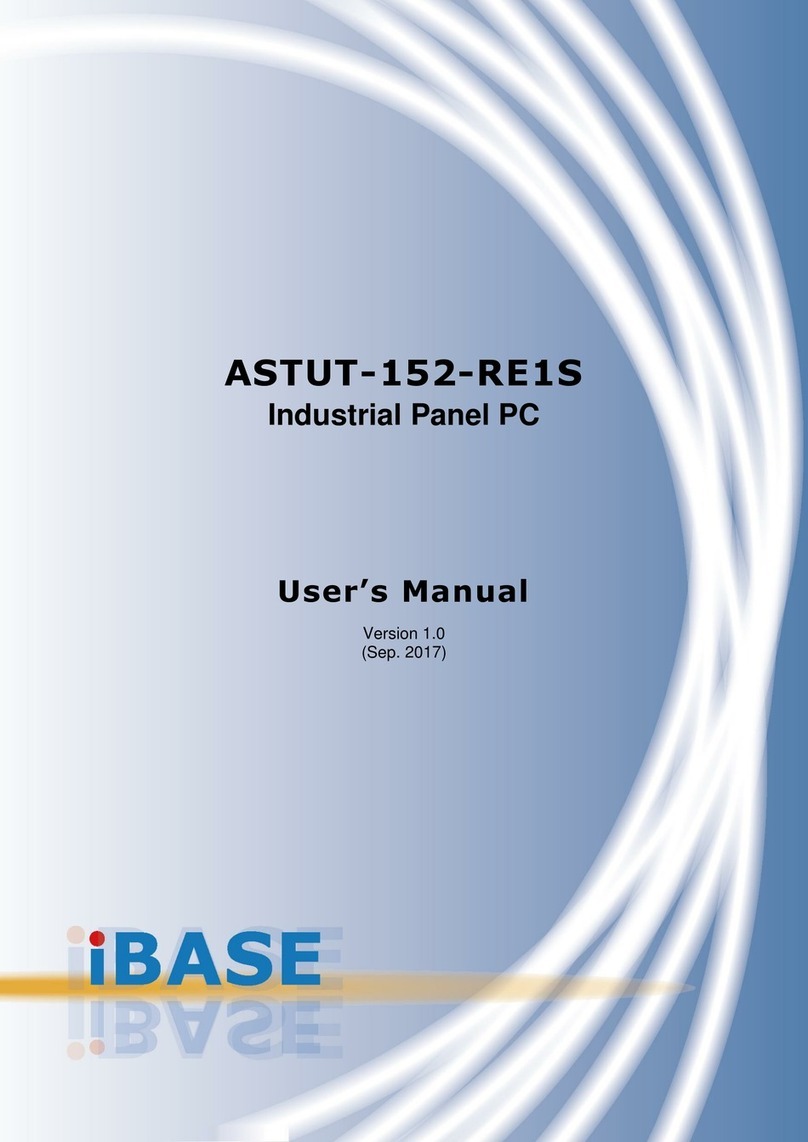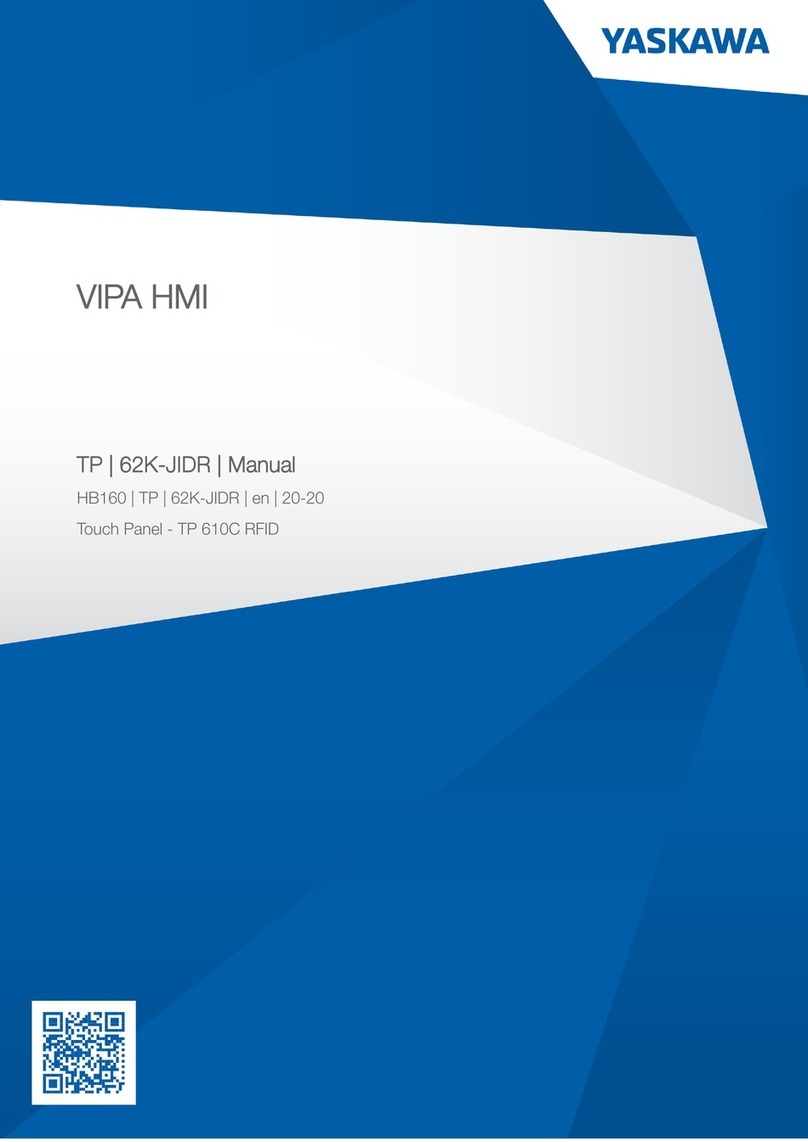
Table of contents
Power Panel C50 User's manual V1.10 3
1 Introduction................................................................................................................6
1.1 Manual history.................................................................................................................................................6
1.2 Information about this document.................................................................................................................... 6
1.2.1 Organization of notices..............................................................................................................................6
1.2.2 Guidelines.................................................................................................................................................. 6
2 General safety guidelines........................................................................................ 7
2.1 Introduction......................................................................................................................................................7
2.2 Intended use................................................................................................................................................... 8
2.3 Protection against electrostatic discharge...................................................................................................... 8
2.3.1 Packaging.................................................................................................................................................. 8
2.3.2 Regulations for proper ESD handling....................................................................................................... 8
2.4 Transport and storage.................................................................................................................................... 8
2.5 Installation....................................................................................................................................................... 9
2.6 Operation.........................................................................................................................................................9
2.6.1 Protection against contact with electrical parts.........................................................................................9
2.6.2 Ambient conditions - Dust, moisture, aggressive gases........................................................................... 9
2.6.3 Programs, viruses and malicious programs..............................................................................................9
2.7 Cybersecurity disclaimer for products...........................................................................................................10
3 System overview..................................................................................................... 11
3.1 Model number key........................................................................................................................................ 12
4 Device description.................................................................................................. 13
4.1 Type overview............................................................................................................................................... 13
4.2 Order overview..............................................................................................................................................14
4.2.1 Content of delivery.................................................................................................................................. 15
4.2.2 Required accessories.............................................................................................................................. 15
4.2.3 Optional accessories............................................................................................................................... 15
4.3 System architecture...................................................................................................................................... 16
4.4 Technical information.................................................................................................................................... 17
4.4.1 System requirements...............................................................................................................................17
4.4.2 Data and real-time clock buffering.......................................................................................................... 17
4.4.3 Projected capacitive touch (PCT)............................................................................................................17
4.4.4 Viewing angles........................................................................................................................................ 18
4.4.5 Derating the ambient temperature.......................................................................................................... 18
4.4.6 Derating of the display brightness.......................................................................................................... 19
4.4.7 Surface resistance................................................................................................................................... 19
4.5 Technical data...............................................................................................................................................20
4.5.1 Interface variants..................................................................................................................................... 21
4.5.2 Specific technical data of the display variants........................................................................................ 22
4.5.3 Technical data of the interface variants..................................................................................................23
4.5.4 Certifications............................................................................................................................................ 23
4.6 Temperature/Humidity diagrams...................................................................................................................24
4.6.1 7.0" variants.............................................................................................................................................24
4.6.2 10.1" variants...........................................................................................................................................24
4.6.3 12.1" variants...........................................................................................................................................25
4.6.4 15.6" variants...........................................................................................................................................25
4.7 Dimensions....................................................................................................................................................26
4.7.1 7.0" variants.............................................................................................................................................26
4.7.2 10.1" variants...........................................................................................................................................27
4.7.3 12.1" variants...........................................................................................................................................28
4.7.4 15.6" variants...........................................................................................................................................29
4.8 Operating and connection elements............................................................................................................. 30
4.8.1 Diagnostic LED status indicators............................................................................................................ 30
4.8.2 Reset button / Operating modes.............................................................................................................34
4.8.3 POWERLINK interface (IF1)................................................................................................................... 35


